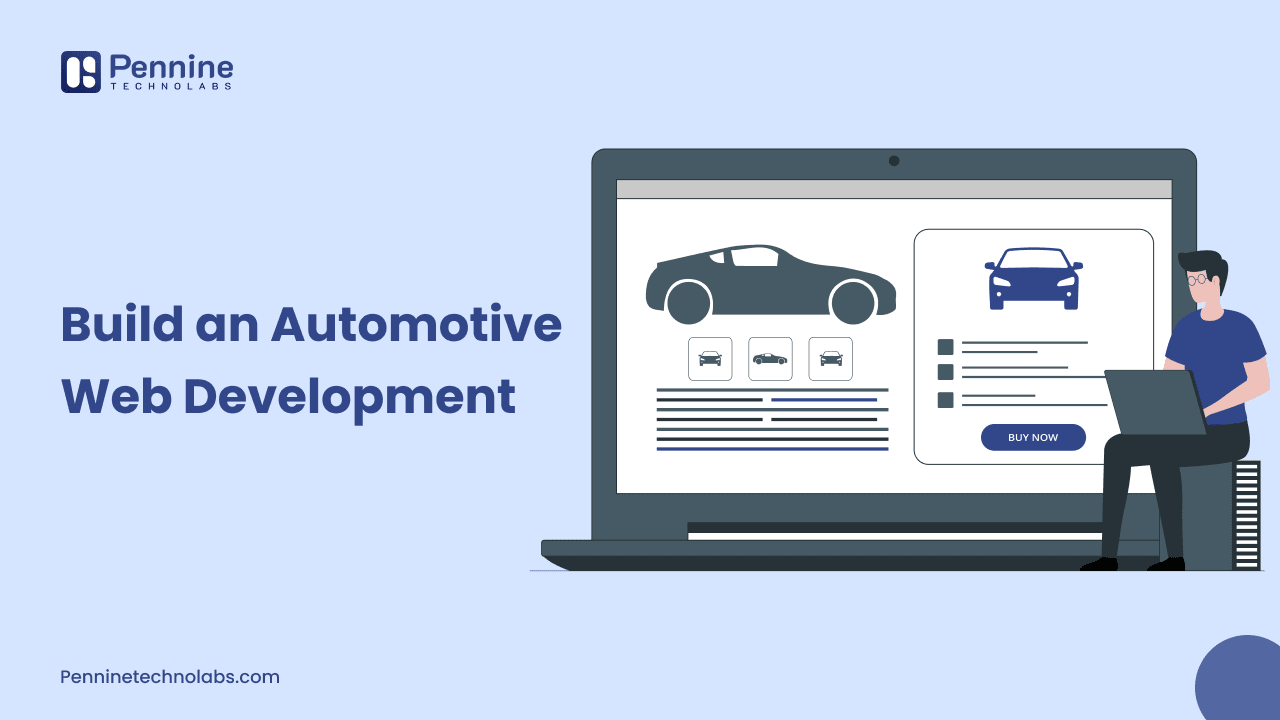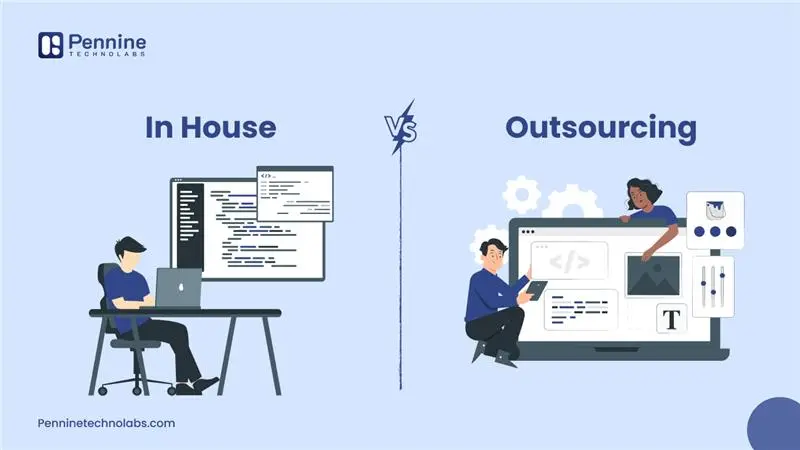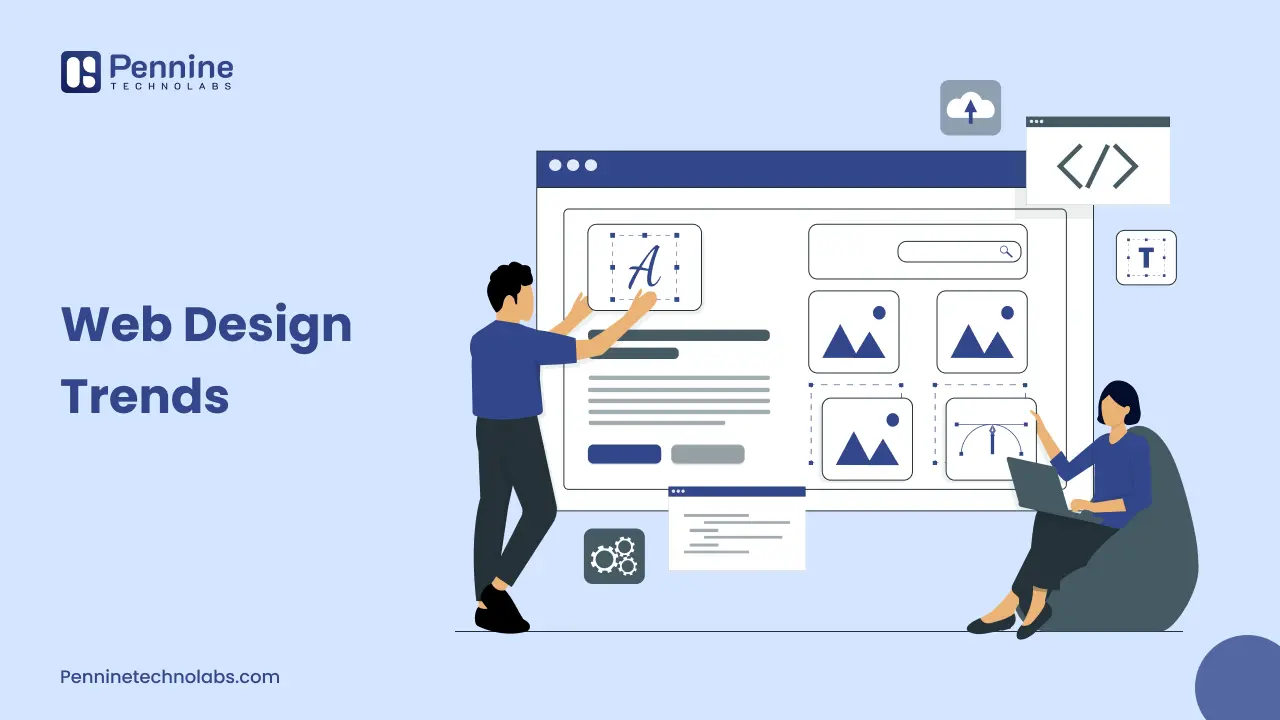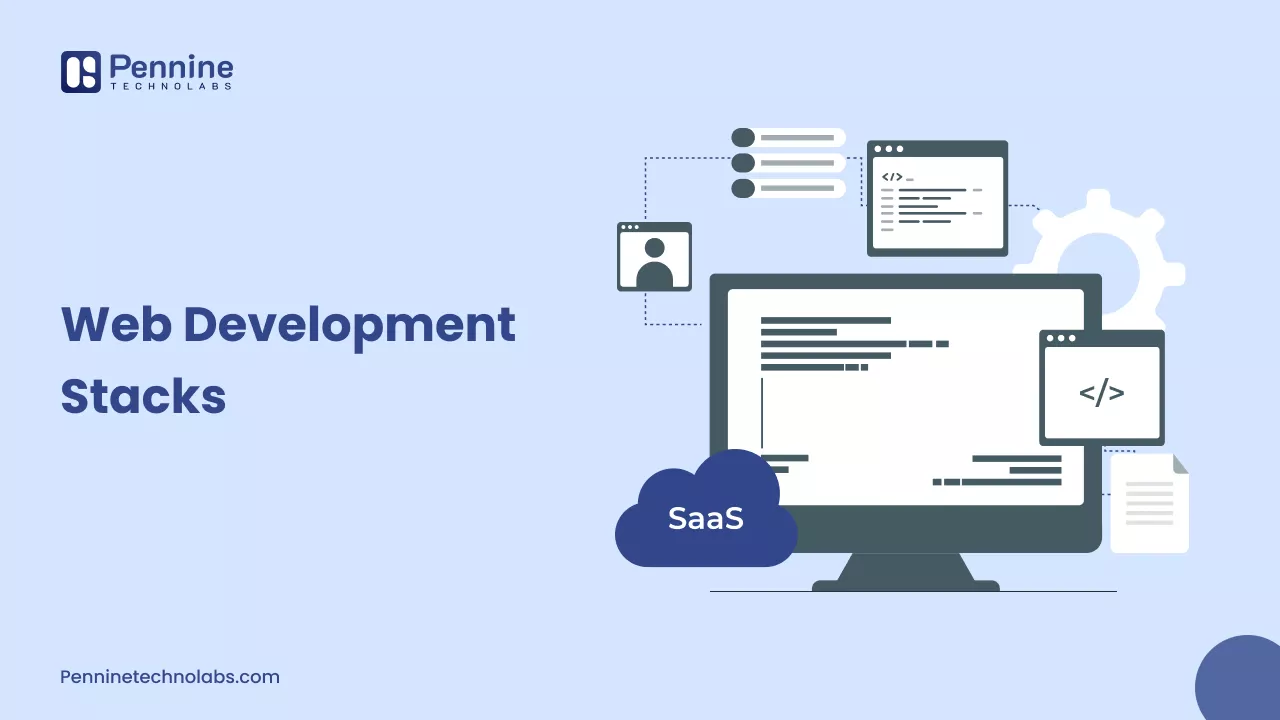Quick Summary: A trustworthy automotive website helps businesses show off their cars, let people book them, and talk to clients online. Choosing the correct platform, adding important tools like inventory management and virtual showrooms, and optimizing for SEO all help make sure that users have a good experience and that the business grows over time.
The automotive industry is fast-changing, with customers increasingly trusting the online journey. With online car search, price comparison, and test-drive booking, Automotive businesses have made a strong presence in the market. A well-developed automotive website shows your cars virtually inside out. It enhances the impression and delivers immersive reports that drive revenue. The primary process involves planning project architecture, selecting appropriate technologies, designing intuitive interfaces, and integrating automotive data sources.
Define Goals and Audience
Before starting an automotive web development project, it is important to clarify the purpose of your website and the target audiences you want to reach.
- Automotive Dealership websites may want to focus on online inventory, finance calculator, and appointment booking.
- Car manufacturers’ web applications prefer brand storytelling, product launch, and emergent media.
- Auto service providers want smooth booking systems, a customer portal and loyalty features.
- Service Centre and Garage websites allow the promotion of easy appointment scheduling, service history tracking, and loyalty programs, as per their requirements.
- Special automotive businesses such as custom car shops, EV charging stations, or car rental services can use websites to create credibility and attract customers.
- Auto parts retailers’ eCommerce platforms with real-time stock and pricing integrations.
- Car rental and leasing companies website look for booking and fleet management features.
- Marketing Agencies that manage automotive clients and need insight into what goes into a high-quality automotive website.
It does not matter whether the size or niche, having a website helps automotive industry to remain competitive, improve customer engagement and increase their digital presence.
Defining the audience helps the designer choose design options, features and content. For example, small buyers may prefer interactive virtual showrooms, while fleet buyers want detailed specifications and pricing comparisons.
Plan and Choose a Platform
The first step in making automotive software development is picking a suitable platform. WordPress website, with certain plugins, can be a flexible and affordable option for small enterprises. For performance and scalability, large-scale automobile portals might have to be built from scratch using frameworks like Laravel, Node.js, or Angular.
Make a list of all the features you want, such as managing your vehicle inventory, a finance calculator, CRM access, and live chat, during the planning phase. Ensure that the platform multimedia can manage the content without losing quality in the high-resolution pictures, 360-degree views, and video tours.
Essential Elements of Automotive Web Design
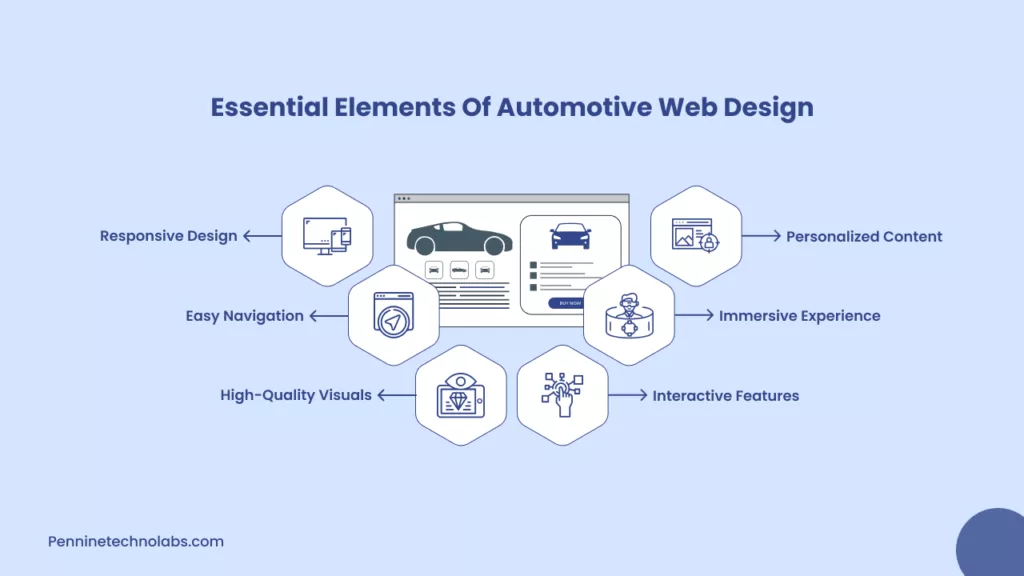
Responsive Design
Automotive customers browse on mobile, desktop and tablet. A responsive design ensures smooth browsing regardless of screen size. Features like inventory filter, finance calculator and booking forms should be fully functioning on mobile.
Easy Navigation
Confusing websites disappoint users. Simple menu, clear categories, and quick links to popular sections, “new cars,” “used cars,” or “Book A service” improve overall user experiences.
High-Quality Visuals
Automotive is a Visual-first industry. Stunning images, 360-degree product views, and video showcases help customers detect online cars before visiting a showroom. Professional photography and customized pictures also promote engagement.
Interactive Features
Facilities such as car comparison tools, financing calculators, and real-time chatbots help users to make informed decisions. Interactive features reduce bounce rates and keep visitors busy.
Immersive Experience
Virtual showrooms, enhanced reality testing drives, and 3D car configurators allow customers to interact with vehicles virtually. It creates strong connections and helps to bridge the difference between online research and showroom visits.
Personalized Content
Modern websites thrive on privatization. By integrating with CRMs and AI-driven recommendations, automotive websites can display relevant models, services or promotions based on users’ behaviour and preferences.
Must-Have Features for Your Automotive Website
High-performing web development for the automotive industry should encompass design, usability, and technology. Here are the required add-ons that every automotive business website should consider:
An inventory management system that allows the dealership to upload, edit and update car listings in real time with details such as price, specifications and availability.
- The car comparison feature helps promote decision-making as well as compare several vehicles.
- Finance and EMI calculator offer customers an immediate cost break, making the purchase process.
- Service Appointment Booking to simplify scheduling for vehicle servicing, test drive, or consultation.
- The customer portal offers users access to previous purchases, service history or ongoing deals.
- Live Chat and Chatbots improve customer service and generate 24/7 leads.
- Multimedia integration with high-quality photos, 360-degree car views, and a virtual display for an immersive experience.
- SEO and Analytics Tools ensure visibility on the search engine and help track user behaviour for improvement.
These extra add-on features on your website satisfy customers’ needs and improve conversions, making it a complete business tool.
Design for User Experience
The key to success in automotive industry web development is creating a user experience that seems natural and pleasant. An engaging Calls to Action “Book a Test Drive” or “Get a Quote”, generates the leads and conversions. Website speed is equally important. If pages load slowly, users will bounce and move towardscompetitors.
Create Engaging Content
Beyond visuals, content in the form of images, words and videos plays a role in decision-making. Blogs on car maintenance, new launch, or financing advice build Domain Authority. Customer stories and video testimonials establish confidence in your brand. Each page should balance information text to support both users and search engines.
Optimize for Visibility
The SEO ensures that your website shows up in front of the people you want to reach on Google. Rich snippets like car reviews or values can help people trust the Google SERP if the data is set up correctly. Use the alt tag to improve the photos, add local SEOs for the dealership, and make connections between the inventory sites, service sections, and blogs. From the start, Pennine Technolabs integrates SEO so that your car website will rank well on Google.
Maintain and Analyze
The development does not end at the launch. Regular updates, security checks and performance adaptations are necessary to keep the website reliable. Google Analytics tools help users to track behavior, identify popular models, and fine-tune content strategies. Monitoring data allows you to adjust design, features and marketing for continuous increase.
Conclusion
Building an automotive industry website requires more than an attractive view. It is about providing a seamless, informative and beautiful experience that motivates customers to take action. By setting clear goals, focusing on user experience, and optimizing for both visibility and functionality, your automotive web development project can provide long-term value.
If you are planning to build or revamp your automotive website, Pennine Technolabs can help you design and develop a solution that combines creativity with performance.
